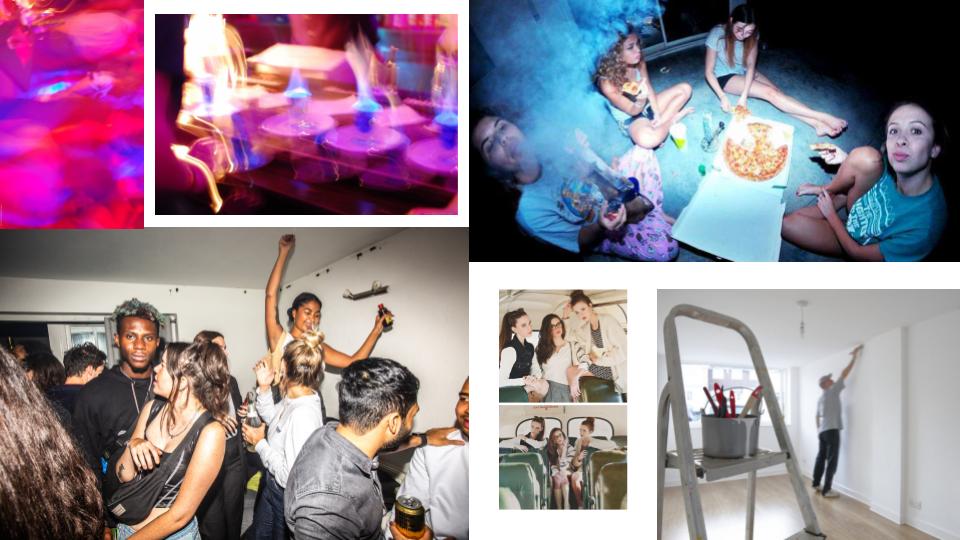
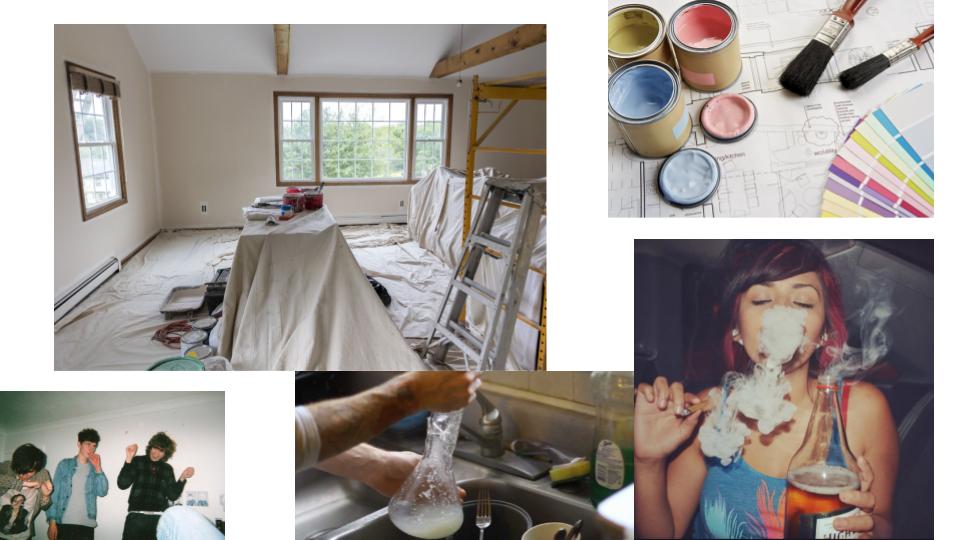
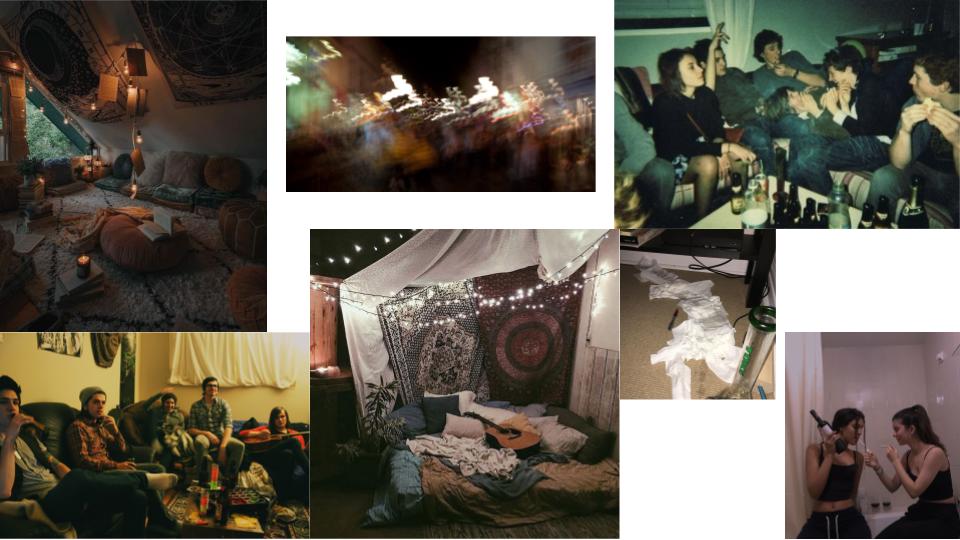

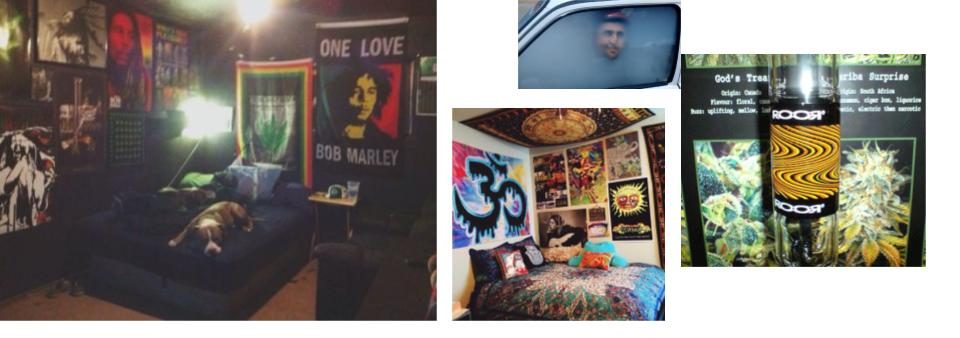






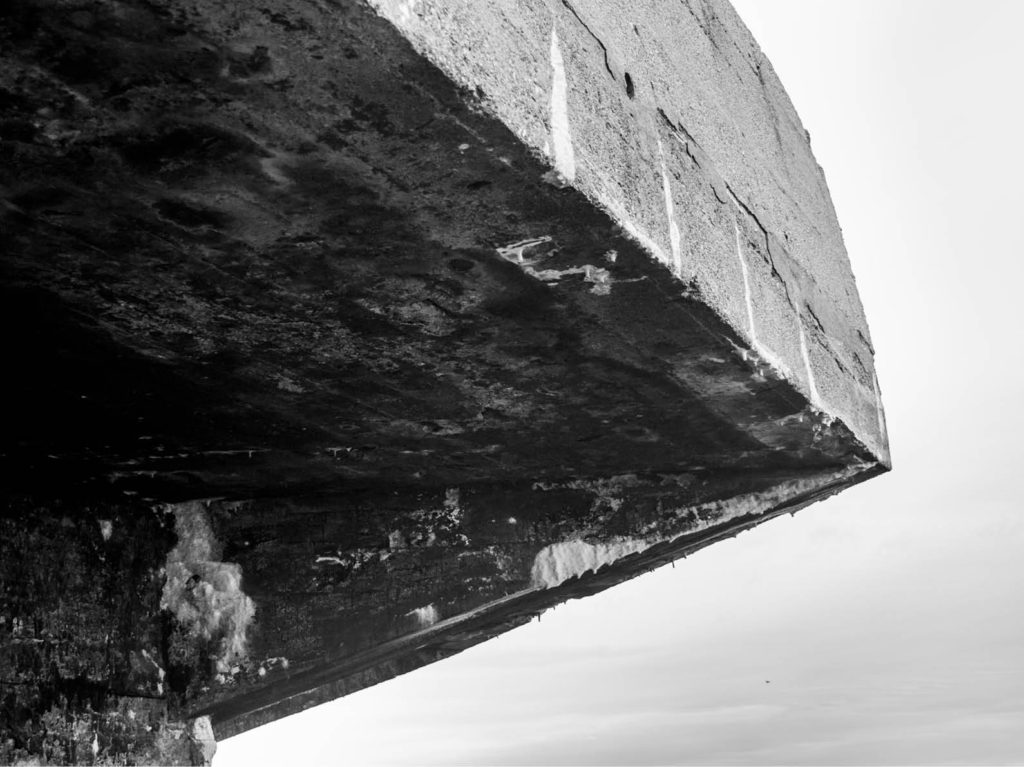
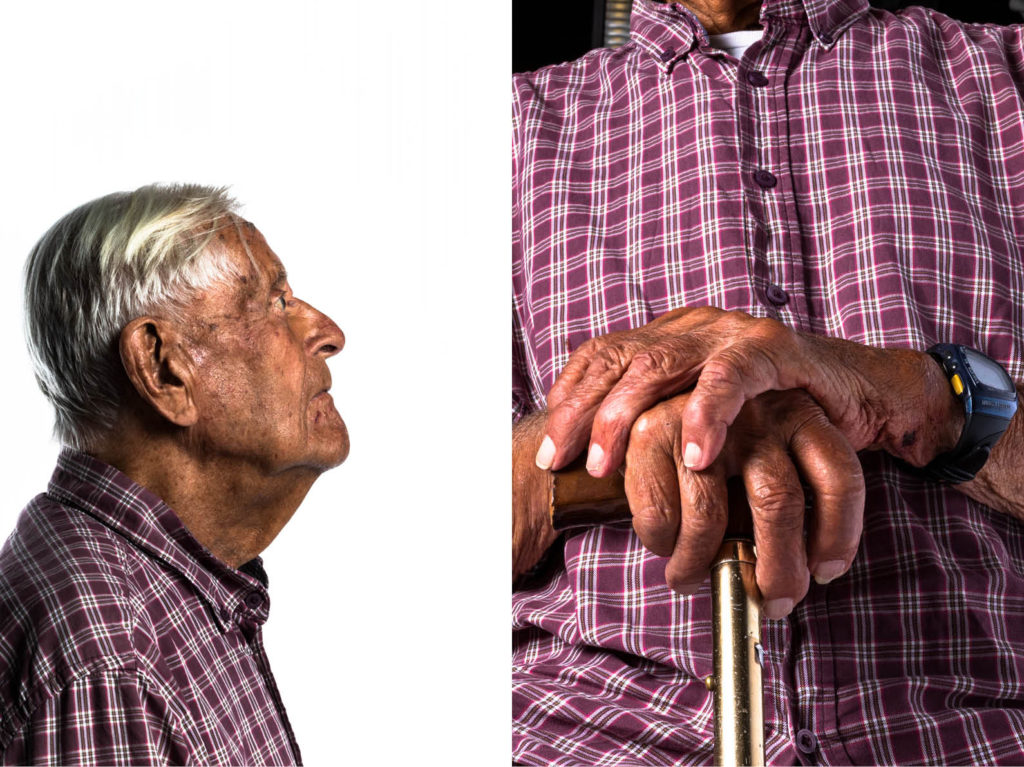
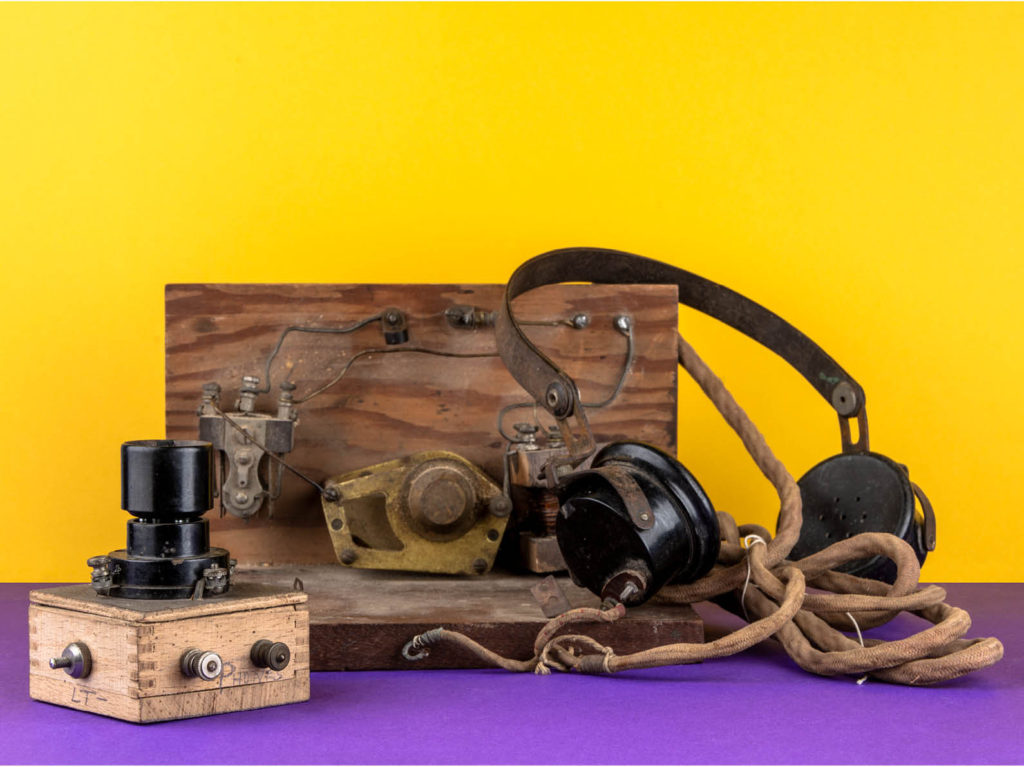
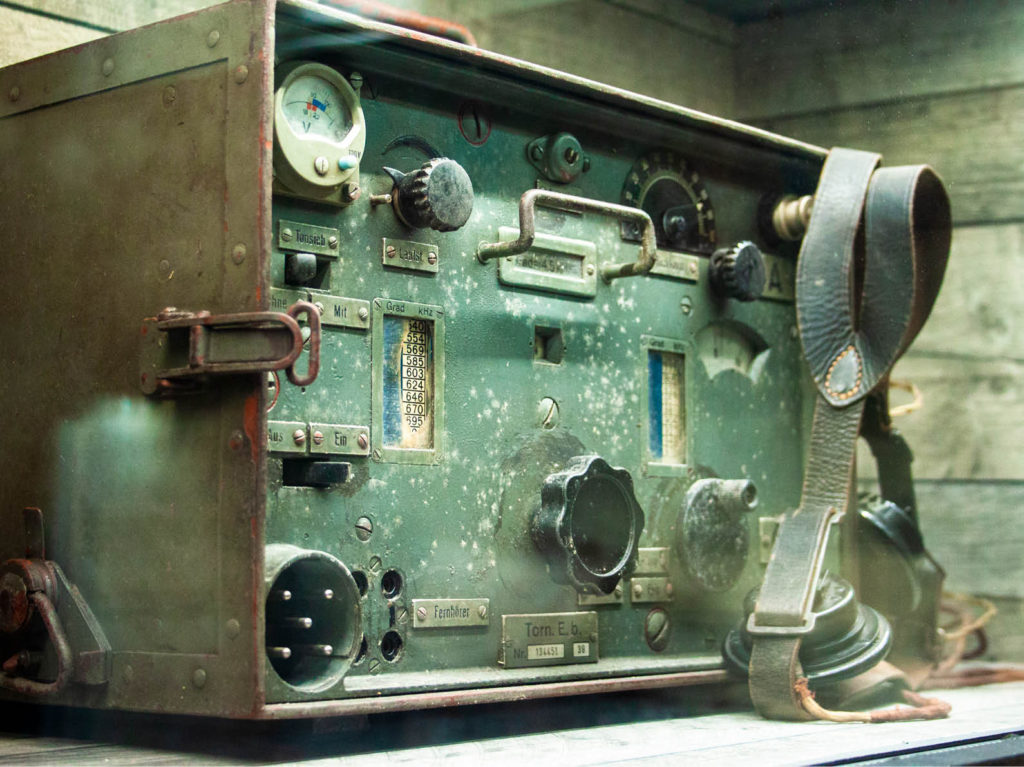
Mind Map:

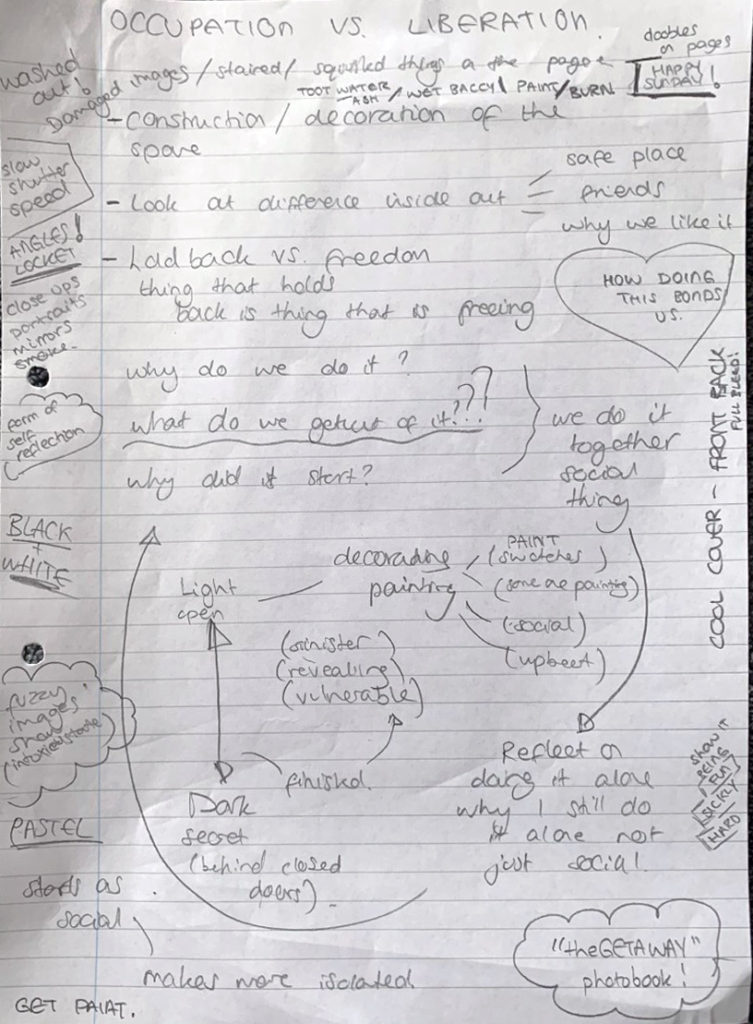
In order to gain inspiration for out Personal Study, I attended an exhibition at the local Art Centre in which the project “Invisible Hands” was presented. A collaboration project between artist Alicja Rogalska and The Morning Boat artist labarotory, “Invisible Hands” is a project meant to draw attention to the individual lives and influence that the immigrant labour workers of Jersey have on the islands food production, while at the same time showing how little these workers are given in terms of pay, housing, and representation.
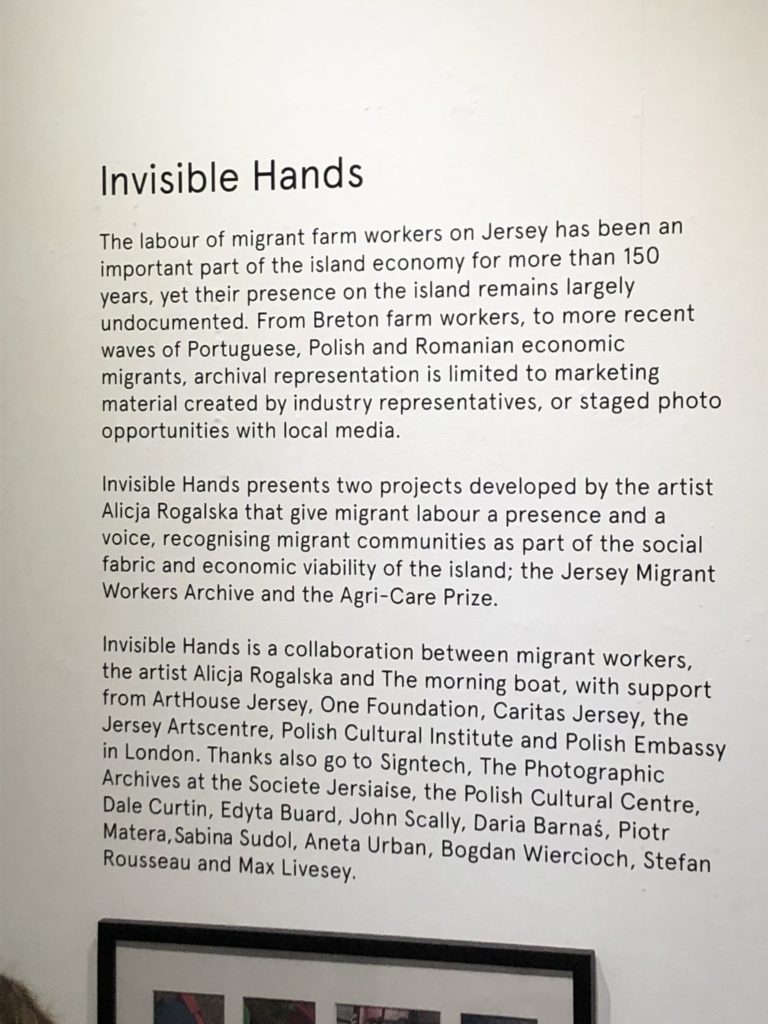
The project itself was original with it’s execution, with the artist using the personal photographs of the workers themselves, showing the lives of the workers from their own perspectives and viewpoints. This produced an interesting range of final images, showing the intimacy and relationships between workers, rather than just documenting the end results of their work (as is done by many photographers who only document fields, food produce and the workers while they work the fields). Overall, the project was meant to show the personal, intimate, human side of the lives of the labour workers in jersey; an aspect that is often ignored by those who document food (specifically potato) production in Jersey.
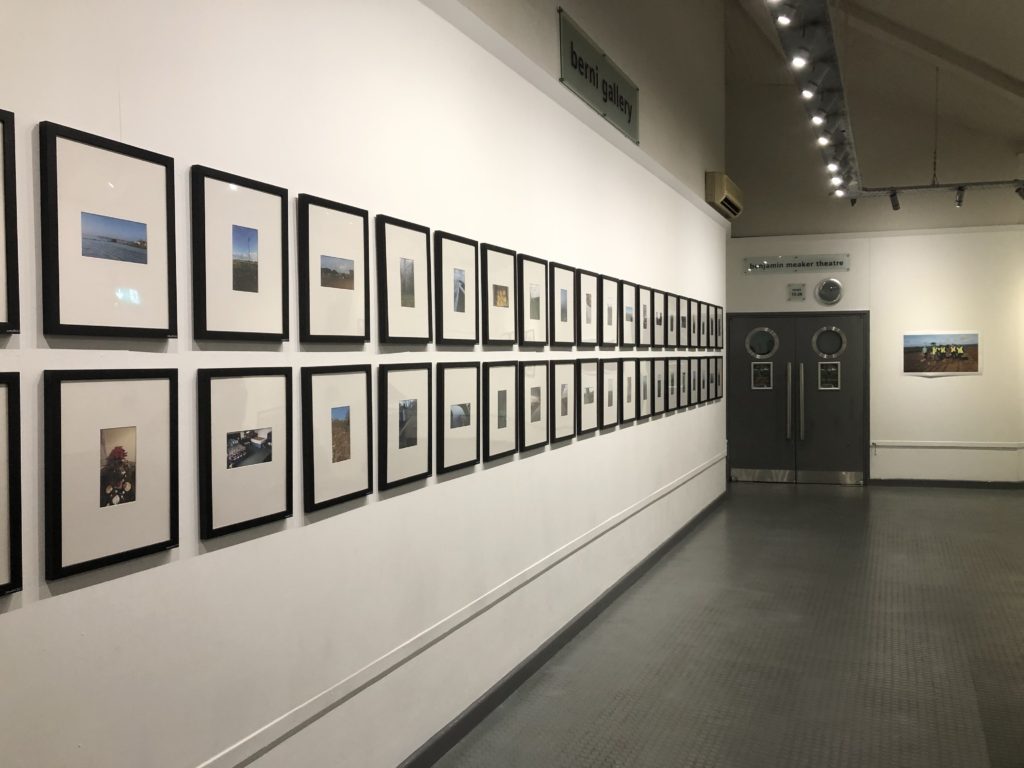

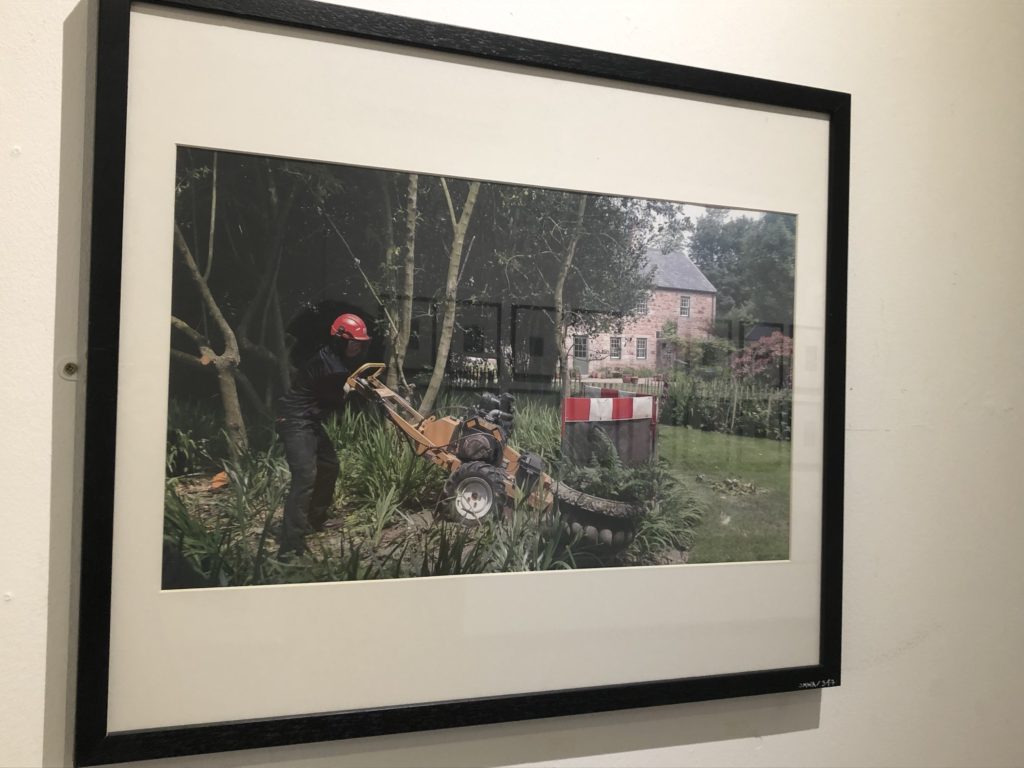
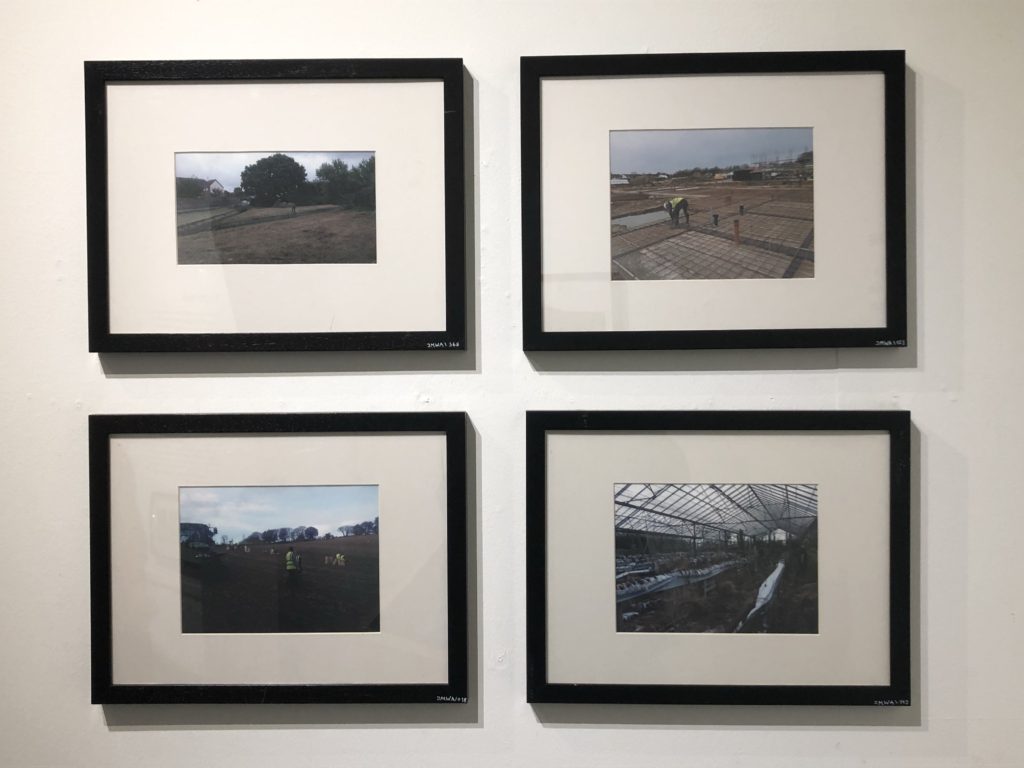
The above images are examples of the work displayed in the exhibition. All photographs were collated from labour workers mobile phones, and are examples of their own perspectives of their own lives/working days. A selection of the workers images were framed by artist Alicja Rogalska and a representative from The Morning Boat, Casper. The exhibition itself was displayed in such a way as to tell the story visually and through text, with the images displayed next to sections of text explaining the story of Jersey’s labour workers, and the way in which many have been exploited by farmers, forced to deal with low wages and long hours.

Many of the images were framed and arranged, but some of them were printed on larger paper and displayed around the room frameless.
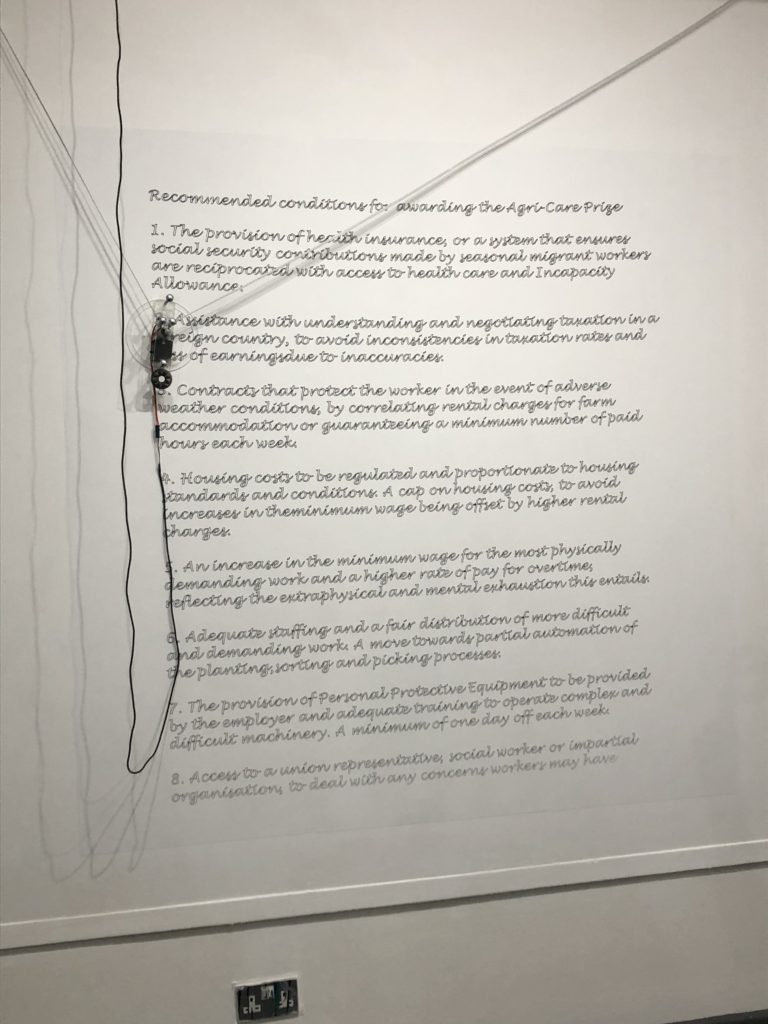
The most eye-catching aspect of the exhibition was the robot on the back wall that had been programmed and designed to write out the recommended conditions provided by the labour workers, when asked what they think should change about the conditions of their work. The robot (moved by a motor, weights and string) wrote out a list of 8 of the conditions thought up by the workers, which included a pay raise and an increase in the amount of personal protection equipment. The concept of programming a computer to write out these recommendations, is metaphorical for the increase in technology and machinery in farming, which can both help to relieve the workload of labourers, while also providing the possibility that, in the future, human labour may be replaced by machinery and technology.

Overall, the exhibition allowed me to gain an insight into the use of candid photography, and the way in which political and social issues can be reflected through visual imagery (photography). Seeing these real life examples of photography where candid photography taken by the community is collaborated to produce a response to a prevalent issue in society, has allowed me to gain inspiration for the way in which context and concepts can be incorporated into imagery, and the way in which collaboration between different mediums (video, machinery and photography) can be used to portray an in-depth, detailed source of information to teach people about important social and political problems that often go un noticed.
Over the course of this project I have been looking at the Occupation and Liberation of Jersey, during WWII. I have researched what life was like during the occupation of the island, gathering information from sources both online and from interviewing people who were alive during the occupation for a true insight into what survivors of the occupation and liberation of Jersey really lived through. On top of this I have looked into what the island itself has gone through, undergoing a transformation from a peaceful island to a large German fortress, with the addition of fortified towers and bunkers, many of which are still around today.

One of the techniques I have used during this topic is portraiture. I worked with Hedley Hinault and Joyce De La Haye, both of them lived through the occupation of the island. I asked them questions about their childhoods and heard their stories about German soldiers and what the people in Jersey got up to and were able to do under German control. The process of interviewing and making conversation with my portraiture subjects, which I had never met before, was a new experience to me. It was challenging but after some talking and question asking from both myself and subjects the process became much smoother as we felt comfortable working together. Being able to first speak to my subjects also made the final outcome of my portraits different as I was able to get a more genuine picture that while being set up didn’t feel stiff or nervous. I worked with a three point light set up to allow detail on the subjects’ faces to become highlighted or shadowed. I worked with all 3 lights in slightly different positions at different points of the photoshoot so that I could explore my subjects and the effects the light had upon their complexions.
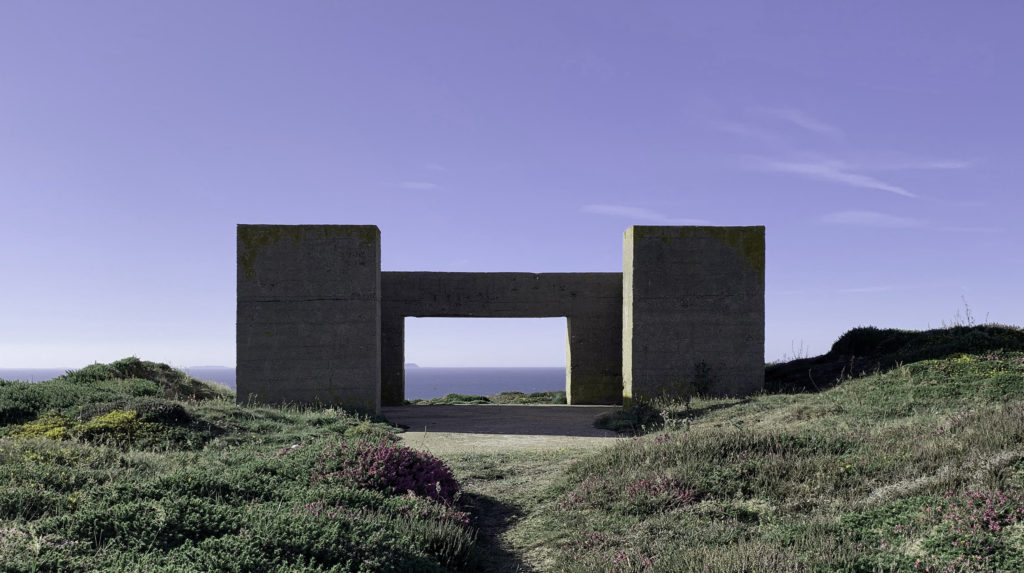
Another technique I have used during this topic is landscape photography and my ability to incorporate WWII fortification and bunker architecture. I would head out to different parts of Jersey’s coastline and photograph the remains of German built structures, many of which can be found along the north and south coasts of the island due to Jersey’s proximity to both England above it and France below it. I developed my landscape skills as well as making photo montages, which consist of cutting and sticking images, both with scissors and glue and using editing software. I also made a zine, a small magazine to display my compositions in a new and different way rather than just printing flat images to look at, I had now produced something physical which the viewer could hold and interact with.
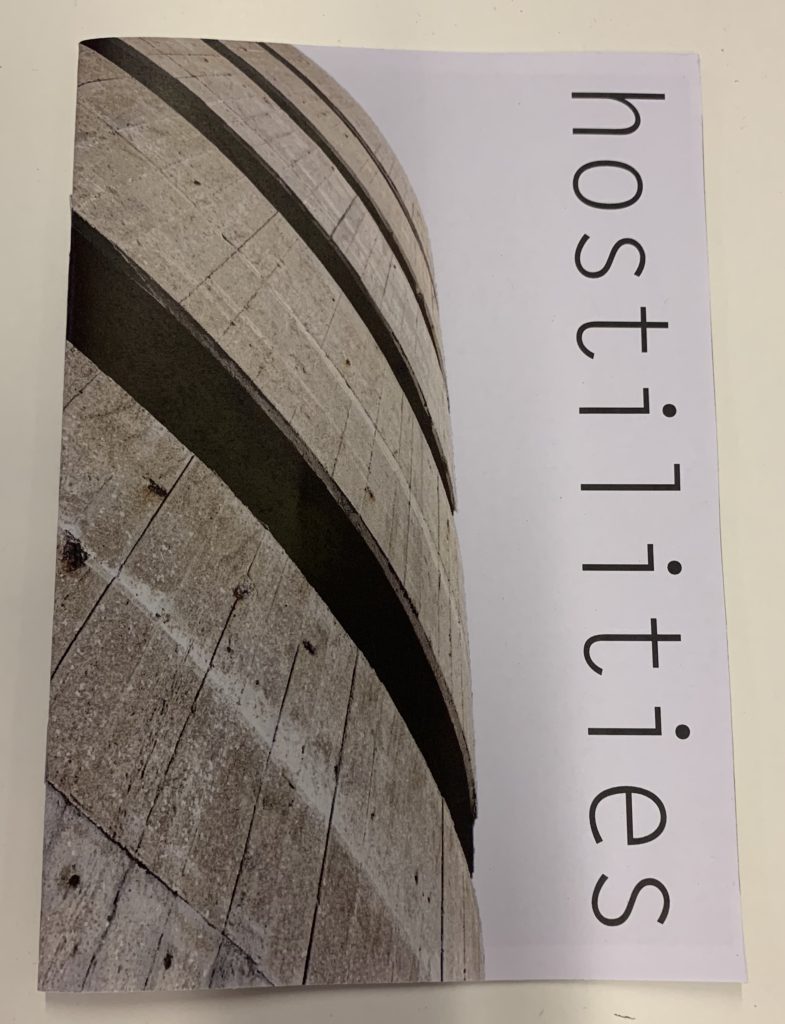
Finally we worked with objects. Once again a studio setting allowed me to develop my camera skills using different lighting and objects set ups to produce clear, well lit, close up shots. This process allowed me to experiment with laying out and positioning inanimate objects, manipulating factors such as background colour and my proximity to the subject.

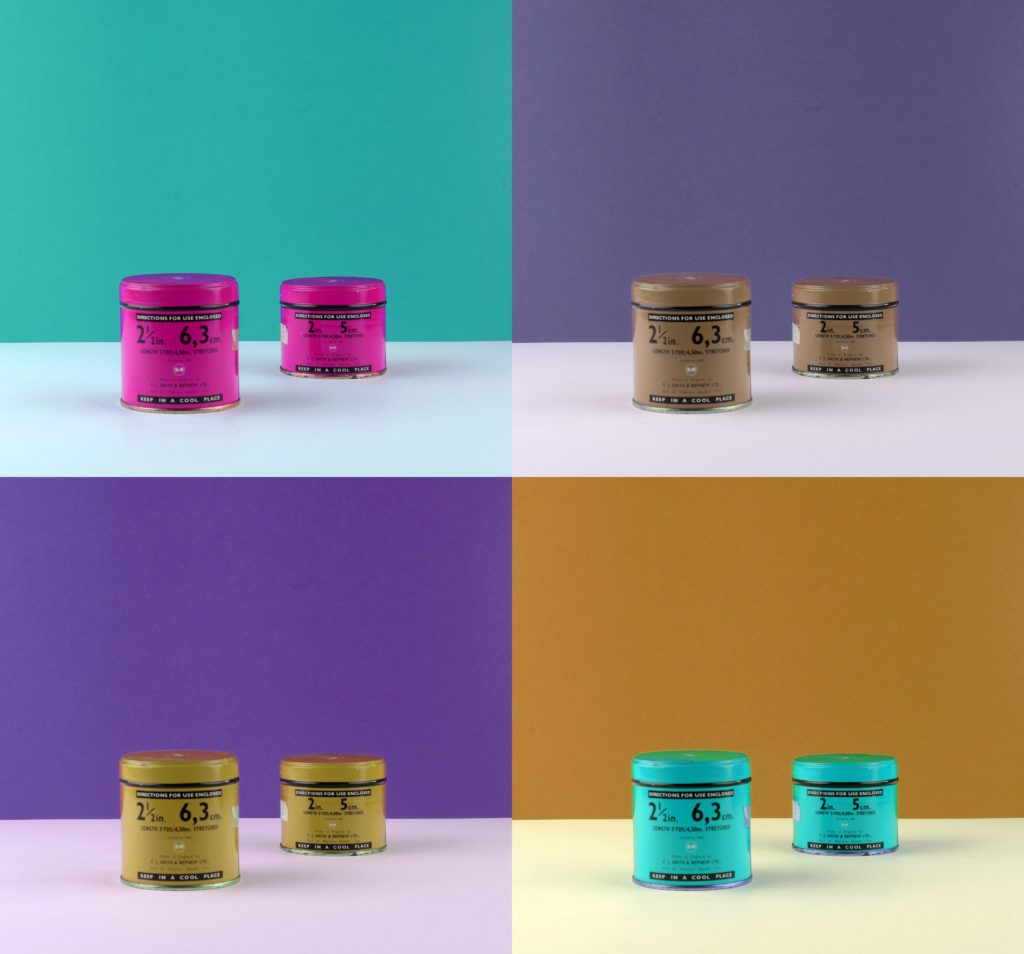
I was most inspired by my work with people and objects. I enjoyed being able to work with the subjects two very different ways; being able to speak to the subjects and interact with them to gain an understanding of the subjects personally as well as being able to communicate my ideas with them and receive feedback and a second opinion. Contrasting with the work I did using objects as subject matter. This process gave me full control over the subjects, allowing me to place it how I wanted, where I wanted for as long as I wanted. I enjoyed taking close up photos during my “Home-sweet-home” project and would like to incorporate this into portraiture for my “Occupation Vs. Liberation” project.
From working on this project, investigating the German Occupation and Liberation I have learnt new camera skills and have worked with new pieces of equipment. Within this project there were many different styles of photography, the first one starting myself off was portraits. In this section I photographed an individual who was alive during the Occupation and this allowed me to work more on my communication skills with the subject, it allowed me to take control of how I wanted my image to look and what story to tell. Along with taking individual portraits, I took images of the couple that came to talk to us, however photographing the couple was proven more difficult than I thought, I had to communicate with both subjects and try to get them to compliment each other in the image. I also had to think more about my lighting, as the male subject was stood slightly to the side and back of the other subject which cast a shadow over the women, which darkened and hide her features which I didn’t want, this lead to me adjusting the lighting so that the shadows would be cast behind them and their features would be bold enough for viewers to see at the glimpse of the image. After the portiere I then moved on to photographic objects from the Occupation and I learnt about two different set ups I could use to photograph different images.
Using the different set ups, allowed me to focus and work on camera skills and director skills. As I had to take charge of what objects I wanted in an image and how they would complement each other, along with working with the lighting, making sure shadows were cast in the right direction and space to give off the feeling I wanted it to. With the set up with the camera facing downwards I had to constantly experiment where my image was placed as I could see through the lens, this set up took a lot more patience as I had to change the objects positioning multiple times. The different skills I learnt will be able to help me with my personal study as I have the skill to direct my own images and put across my different ideas.
Throughout this project I have photographed landscapes, people and objects which meant I had to use different techniques in order for my to portray the meaning of occupation and liberation through an image. When photographing the different landscapes, I had to work with the natural lighting I had around me and I couldn’t change the surroundings to how I wanted them I had to photograph them as they were. However, when photographing people and objects, I was able to direct my images, I could place them in certain positions or tell the people to have different facial expressions or body stance. I much preferred photographing people and objects, as I had more control over how I wanted my image to look, as I was able to home in on features and complexions that were visible on my subject. I will continue to work with people and objects for my personal study.
For my newspaper spreads I had to create three double pages for each of the subjects which we covered – Landscape, portrait and objects which relate to the occupation :

For my page for portraits I chose the occupation survivor who came and visited my class – Bob Le Suer . I decided I wanted to choose one with colour and one in black and white to have that contrast.
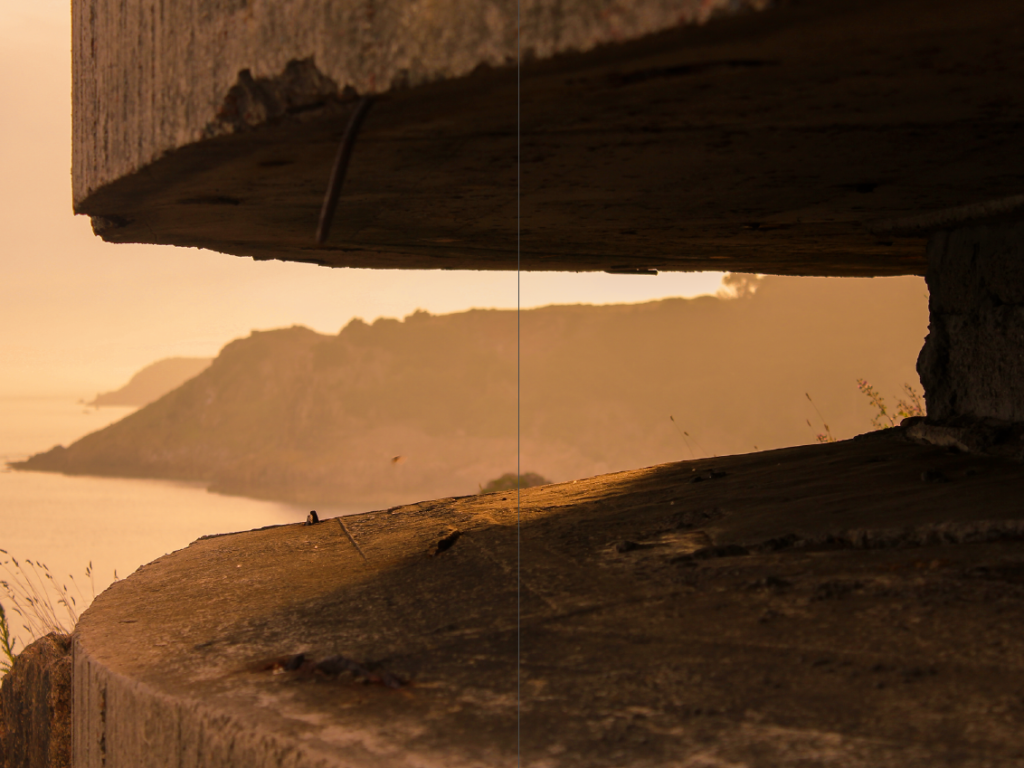
For my landscape page I decided to do a full bleed double page of an image I took at Noirmont. This is a close up of the bunker at Noirmont and catches the beautiful scenery of the island behind it. This could be seen as ironic as a structure with such a bad history and was created for immoral reasons was built in a place which portrays the real beauty of the island.
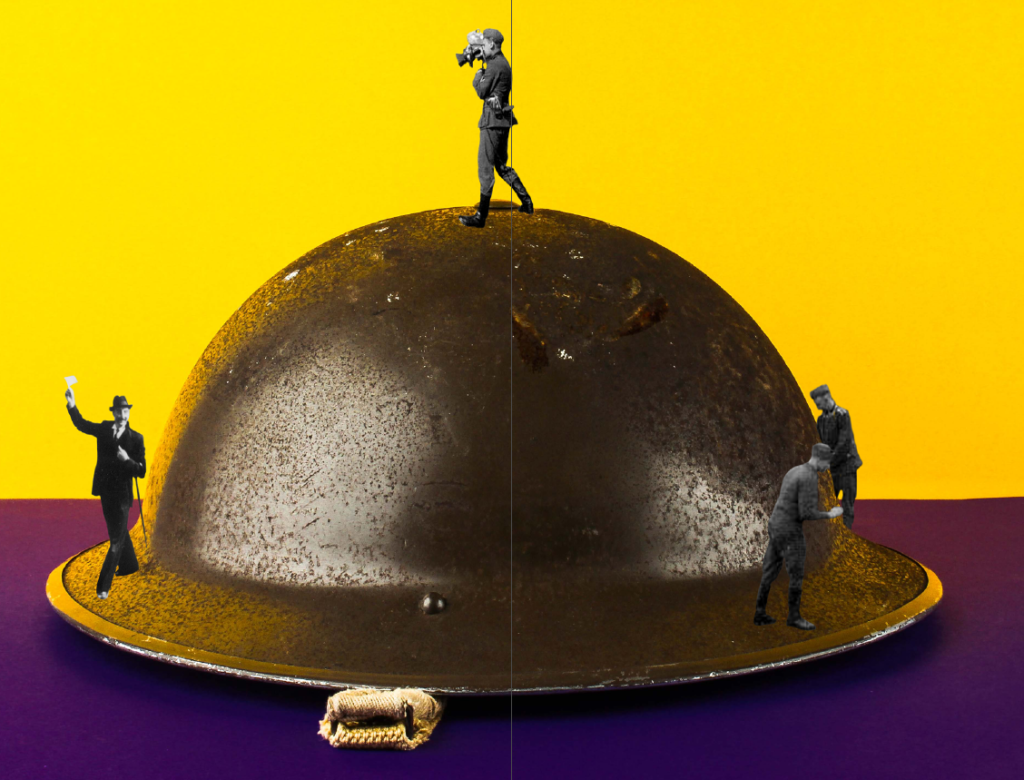
For my objects page I also decided to go with a full bleed image. Based off of the artist Rafal Milach, this is an image of a world war helmet placed on a colour background of yellow and purple, with images of people from archive images cropped out and placed in the scene.
My personal Investigation based on Occupation vs Liberation, has allowed me to develop my photographic skills and has furthered my historical knowledge on the German Occupation of Jersey.
As an introduction into our project on the German Occupation of Jersey, we visited the Société Jersiaise. Looking through the photo archives in groups allowed me to gain insight into what World War 2 was like through imagery. I finally got a better understanding on the historical context of the Occupation in Jersey, whereas previously I didn’t appreciate the significance of this event.
I began the project by writing an essay with the title “Whose Archive is it anyways?”, which allowed me to explore the importance of archives, it’s purpose and why they are still relevant in the present day. I now know how new technology has changed the role of archives as well as what we think an archive is. My understanding of archival photographs is that they open a window into the past and give a glimpse of what people’s lives were like during the Occupation.
We then went on a photography trip to see the bunkers located at Battery Moltke. A CIOS member began the tour by giving us insight into what the German Occupation was like in Jersey. We explored and photographed the principle bunker which has been turned into a museum. I also visited Batterie Lothringen during my spare time which was a World War 2 coastal artillery battery. During this photo-shoot I learnt the importance of lighting. I captured landscape images during Golden hour where the warm colour of the low sun enhanced the colours of the scenes.

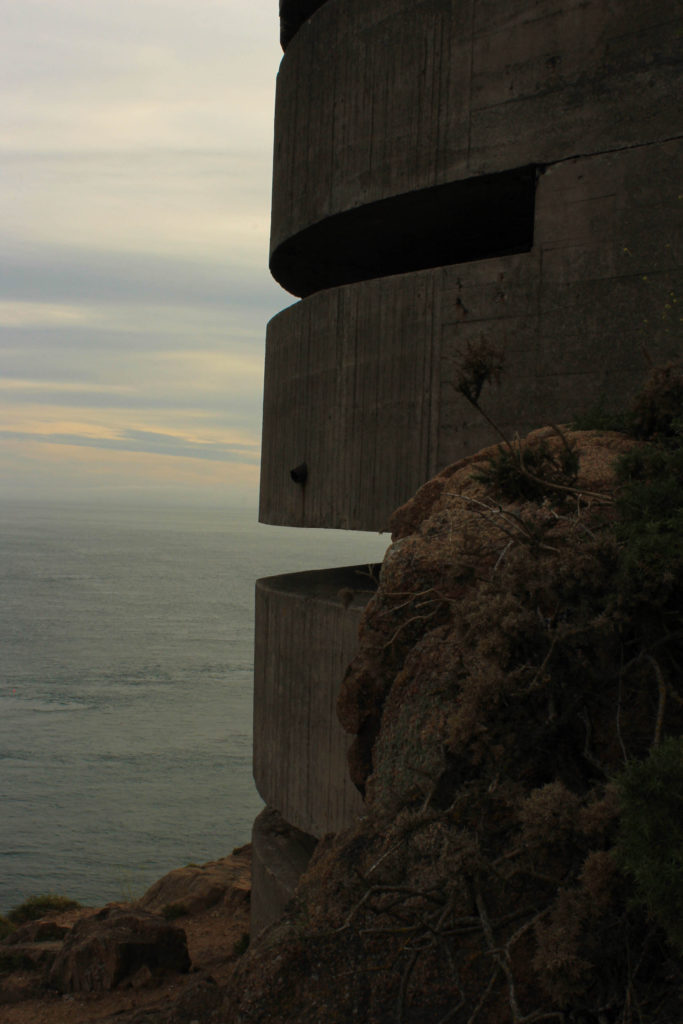

Our photography class also learnt how to use Lightroom, a photo management and editing software combined into a single tool. I now know that it helps to import, organise, manage and find your images. I first started experimenting with Lightroom when using my images from the Battery Moltke photo-shoot.
After learning about zines and how it’s a tool that photographers can use to tell a visual story, we were then expected to create one based on the Occupation vs Liberation theme. Before getting started, I analysed the zine “Concrete Jungle” which helped me to gain inspiration and made me realise the importance of narrative and sequencing within a zine. I created a zine called “Glimpse of the past” using InDesign. My first zine only includes imagery from the Battery Lothringen photo-shoot since these images where my strongest outcomes.
We then visited the Jersey Archive which contains archival material from public institutions as well as private businesses and individuals. I now know that their purpose is to preserve the written cultural heritage of the Island so that future generations can access the material in order to learn more about Jersey’s past.
Another site where we developed our landscape photography further was the Jersey War Tunnels. Visiting this location helped to improve our camera skills in dark lighting since we learnt about the IOS setting and what shutter speed to use in low lighting conditions. This ensured that the photographs wouldn’t be under or over exposed.

We then focused on portraiture. This is when I researched two portrait photographers: Martin Toft and Ernest Baudoux. I compared their photographic styles and incorporated both their techniques into my own portrait photography. This lead me into conducting my own photoshoot on Joan Tapley in the studio. Before we photographed Joan, we got to listen to her war stories which allowed our class to gain knowledge of what it must have been like to experience the war through childhood. This photo-shoot helped me learn the different types of lighting used when capturing portraits in the studio as well as how to interact with your subject to gain the best photographic outcomes
We began the next theme Still Life by researching the historical context and the symbolism presented through objects. We got to photograph Occupation Objects from the Jersey Archive in a creative way using the still life table. Our photography class learnt about the lighting used to photograph objects and the importance of using a tripod to capture a steady image. After doing two still life photoshoots, we moved onto photomontage. This is when I began creating edits in response to The First March Of Gentlemen by Rafal Milach. I was inspired by the collaged archive photographs as well as the geometric shapes which restrained the figures. This influenced my second zine where the bold, vivid colour scheme juxtaposes with the historical black and white images of soldiers. I like the idea that the colourful aspect of my zine camouflages the serious subject matter of World War 2.

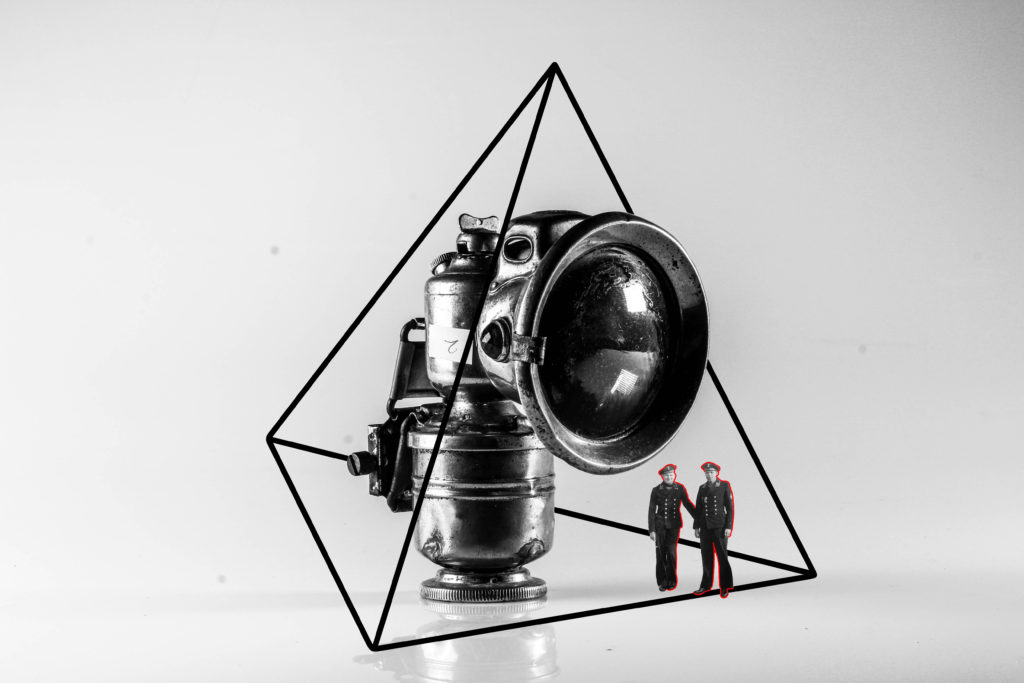


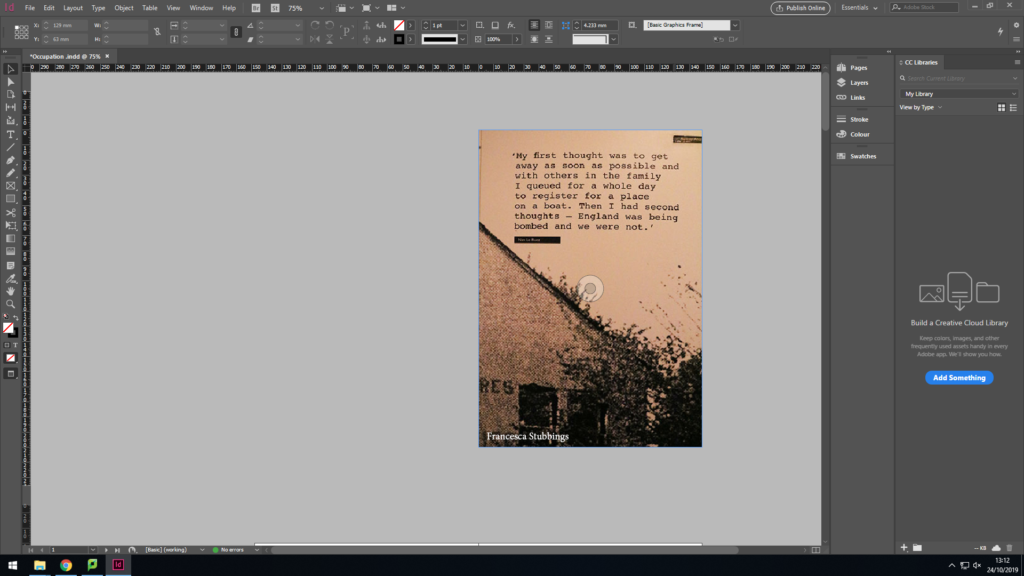

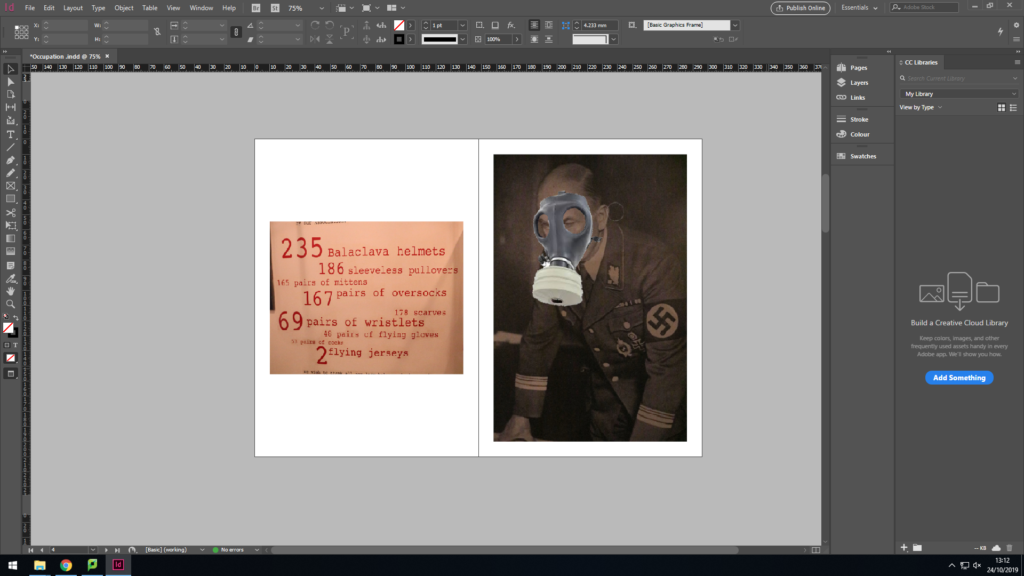



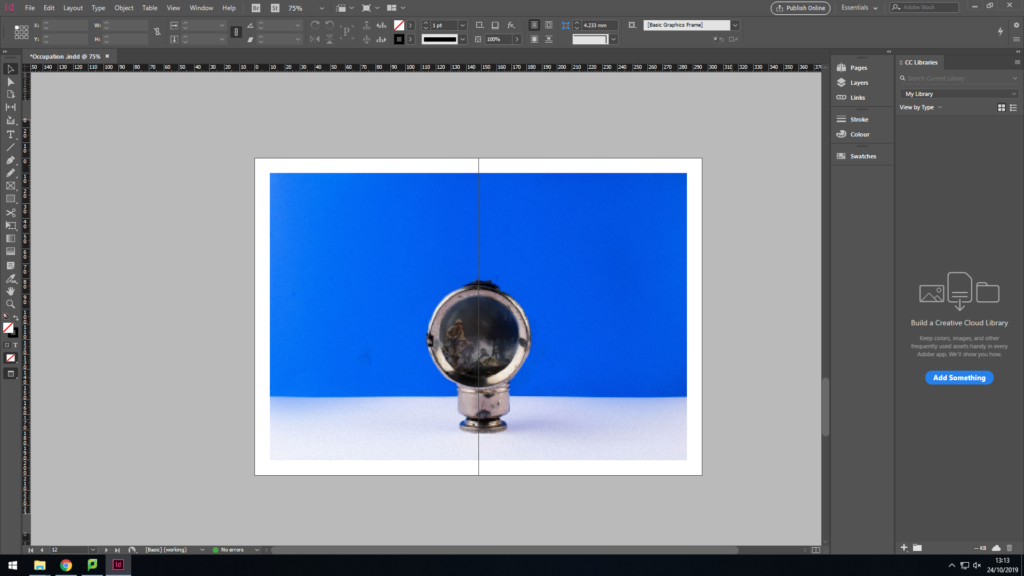
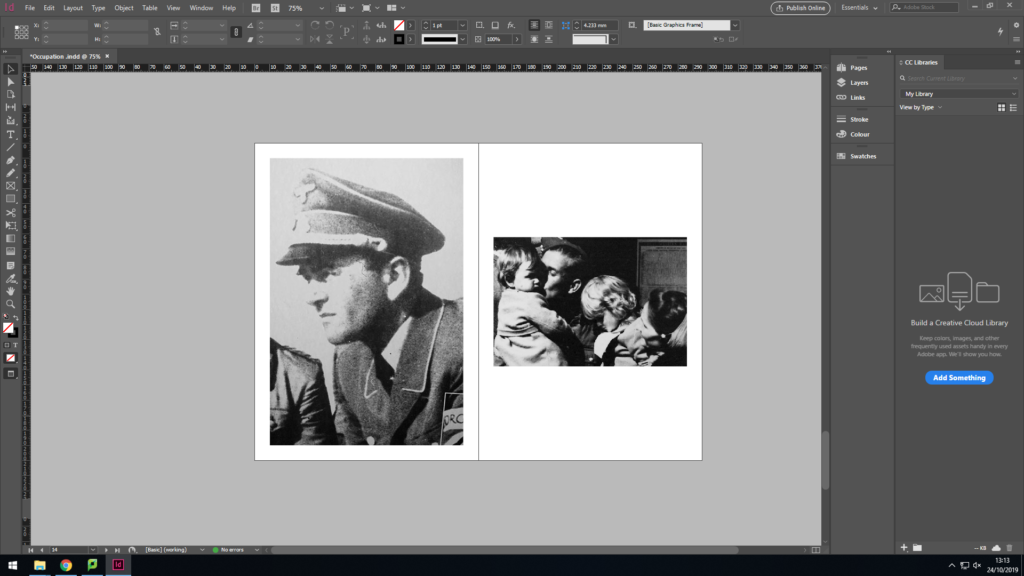
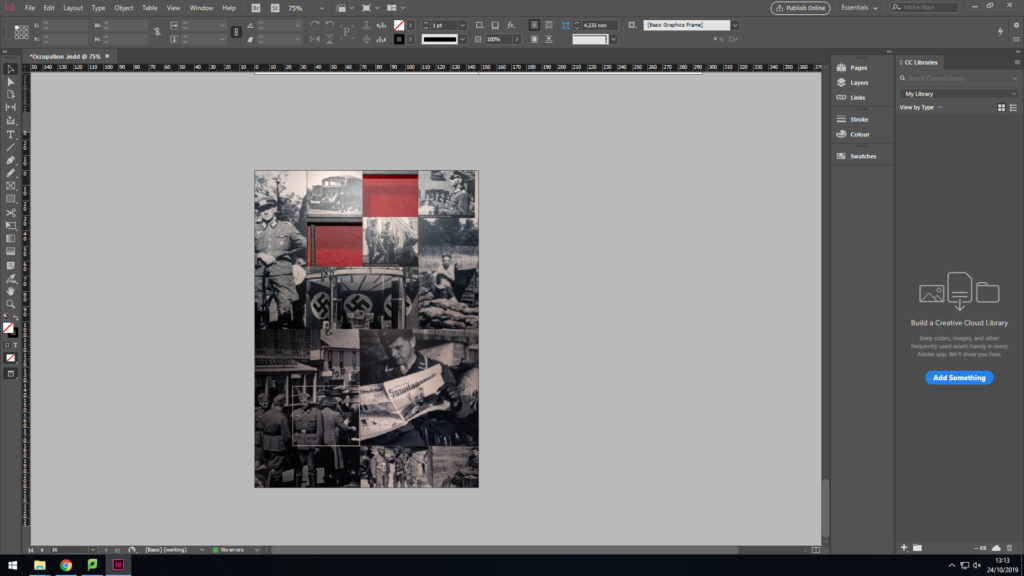
When creating this zine, I had to think specifically the layout and order of my images as I wanted them to tell the story of the occupation through pictures. So I started it off with montages relating to the time during the occupation then slowly moving on to what was left behind after we liberated, so the people and the objects and I paired up objects that related to an individual to help tell their story of terror. For my front cover I found a quote when visiting the archive that I liked so I photographed it and then later decided to use it as my front cover, as it helps set up the zine with meaning and allows you to really think about those lost when you are looking through the images. Then on the back cover a montage of different images that were taken during the occupation to give people an understanding of what the soldiers conditions where liked. After printing my zine, I put together a small montage of people who survived the occupation of lost their lives and printed it out on acetone paper and places it in the centre of my zine, as those people are the centre purpose of my zine, as it is a piece of remembrance.
Stephen Shore:
Stephen Shore’s work has been widely published and exhibited for the past forty-five years. He was the first living photographer to have a one-man show at the Metropolitan Museum of Art in New York since Alfred Stieglitz, forty years earlier. He has also had one-man shows at George Eastman House, Rochester; Kunsthalle, Dusseldorf; Hammer Museum, Los Angeles; Jeu de Paume, Paris; and Art Institute of Chicago. In 2017, the Museum of Modern Art opened a major retrospective spanning Stephen Shore’s entire career. He has received fellowships from the Guggenheim Foundation and the National Endowment for the Arts. His series of exhibitions at Light Gallery in New York in the early 1970s sparked new interest in color photography and in the use of the view camera for documentary work.


https://www.theartstory.org/artist/shore-stephen/
More than 25 books have been published of Stephen Shore’s photographs including Uncommon Places: The Complete Works; American Surfaces; Stephen Shore, a retrospective monograph in Phaidon’s Contemporary Artists series; Stephen Shore: Survey and most recently, Factory: Andy Warhol and Stephen Shore: Selected Works, 1973-1981. In 2017, the Museum of Modern Art published Stephen Shore in conjunction with their retrospective of his photographic career. Stephen also wrote The Nature of Photographs, published by Phaidon Press, which addresses how a photograph functions visually. His work is represented by 303 Gallery, New York; and Sprüth Magers, London and Berlin. Since 1982 he has been the director of the Photography Program at Bard College, Annandale-on-Hudson, NY, where he is the Susan Weber Professor in the Arts.

“I’d thought about this in a certain way before – about this idea of how to make a picture look natural. In a way I deconstructed all of that over a period of years and made pictures that were almost the opposite, very intensely structured.”
Key Ideas:
Shore’s photographs often appear as unstudied snapshots before revealing themselves, on closer examination, to be carefully calculated and balanced. His images show a deep consideration of framing, with lines and colors chosen to emphasize the formal qualities of the places or objects within the frame, heightening the viewer’s focus.
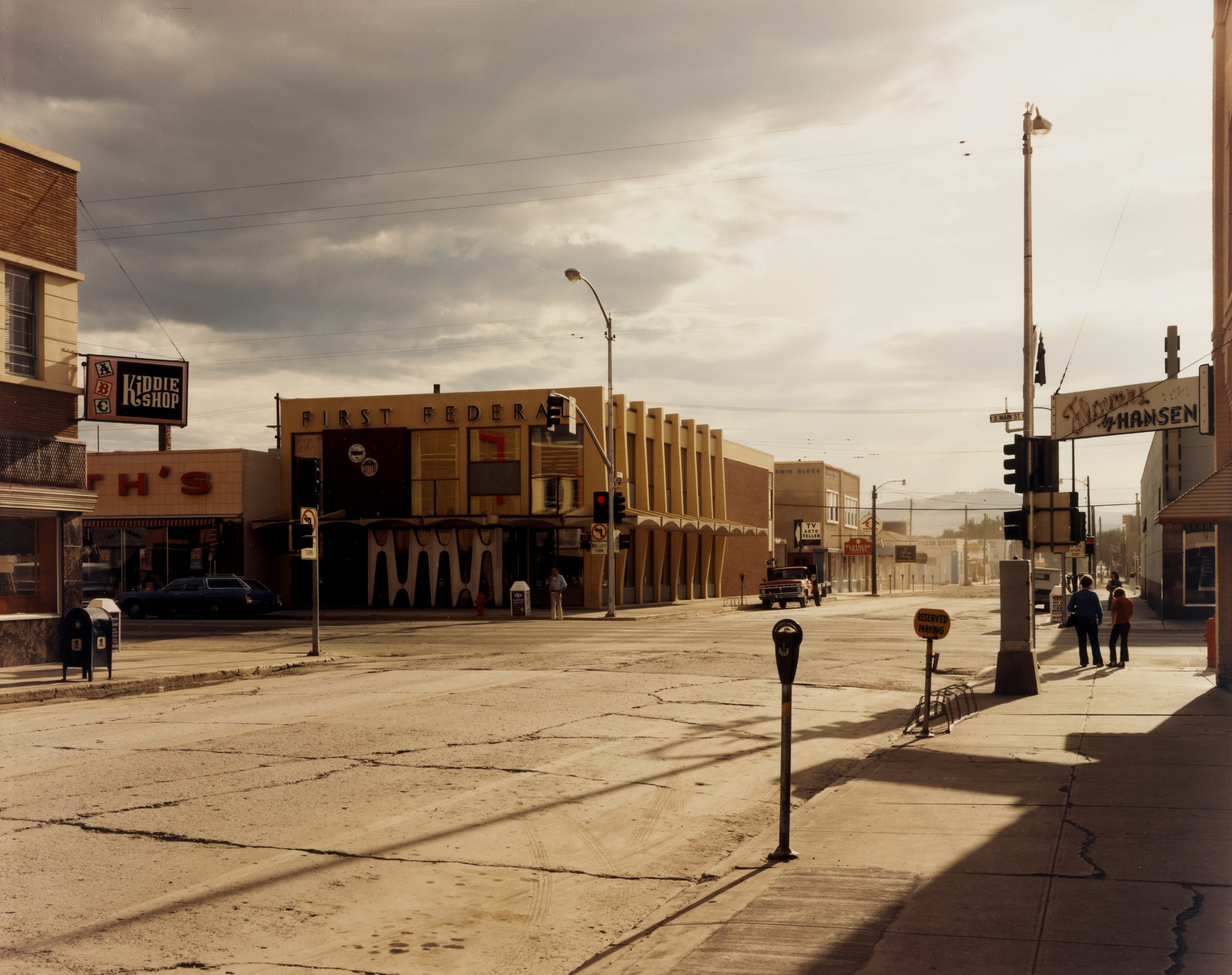
Shore’s images are structured around the experience of seeing, seeking to communicate the way in which the everyday might register to an outsider. He has regularly used his work as a form of visual diary, communicating his own experiences through his photographs. Shore’s photographic choices suggest emotional states to the audience, often drawing power through the ways in which light and composition evoke feelings that the viewer cannot name.